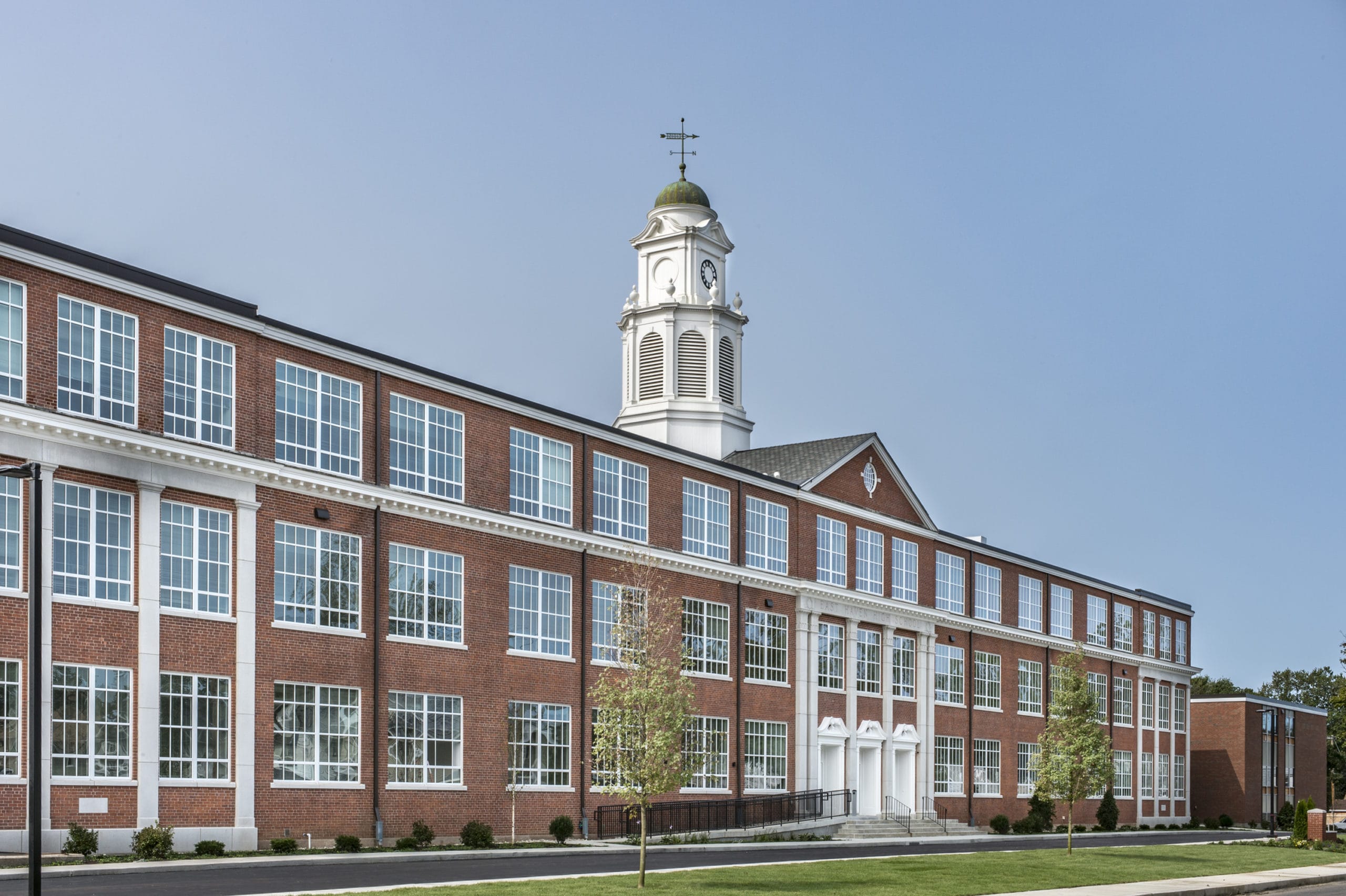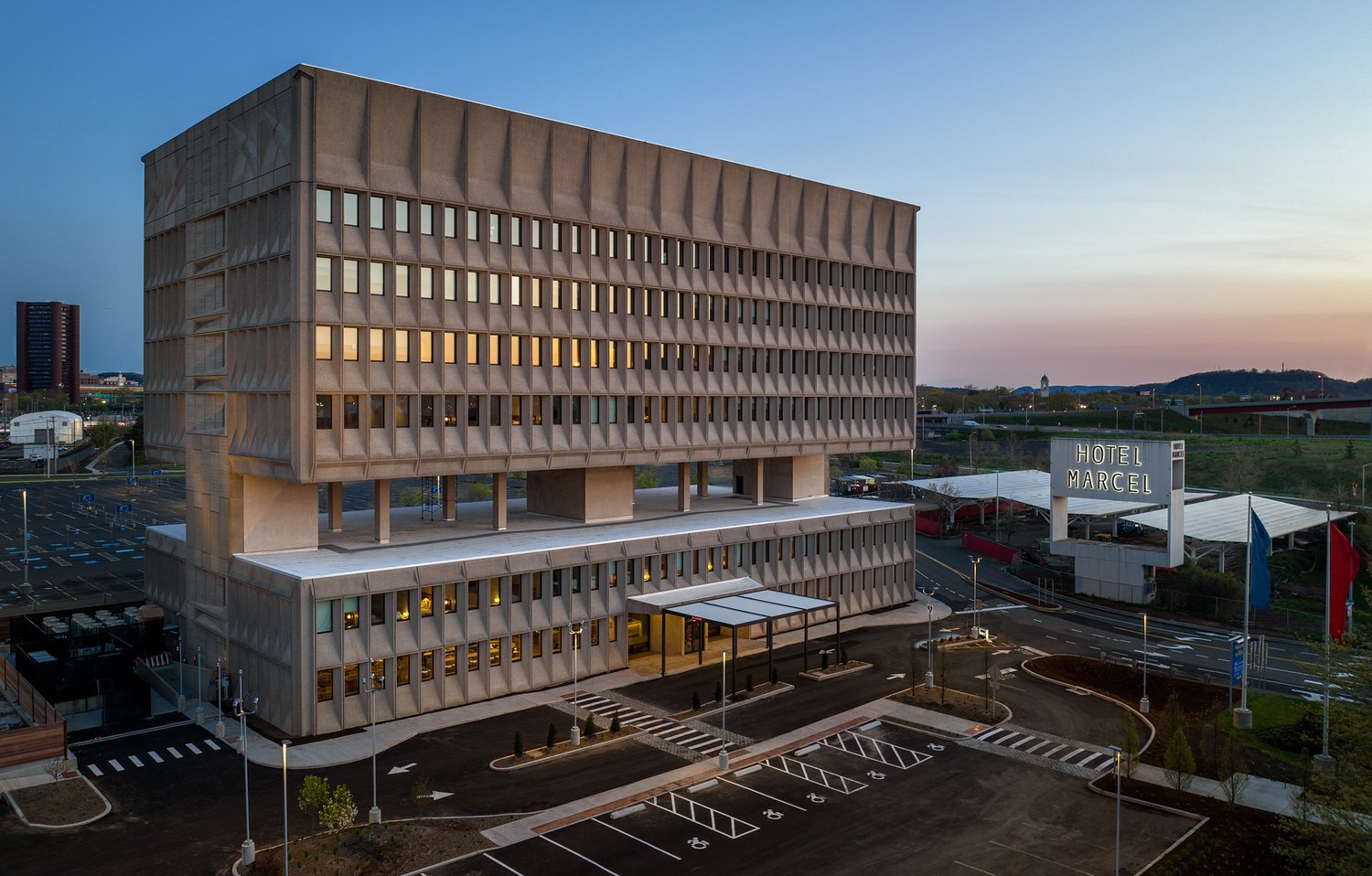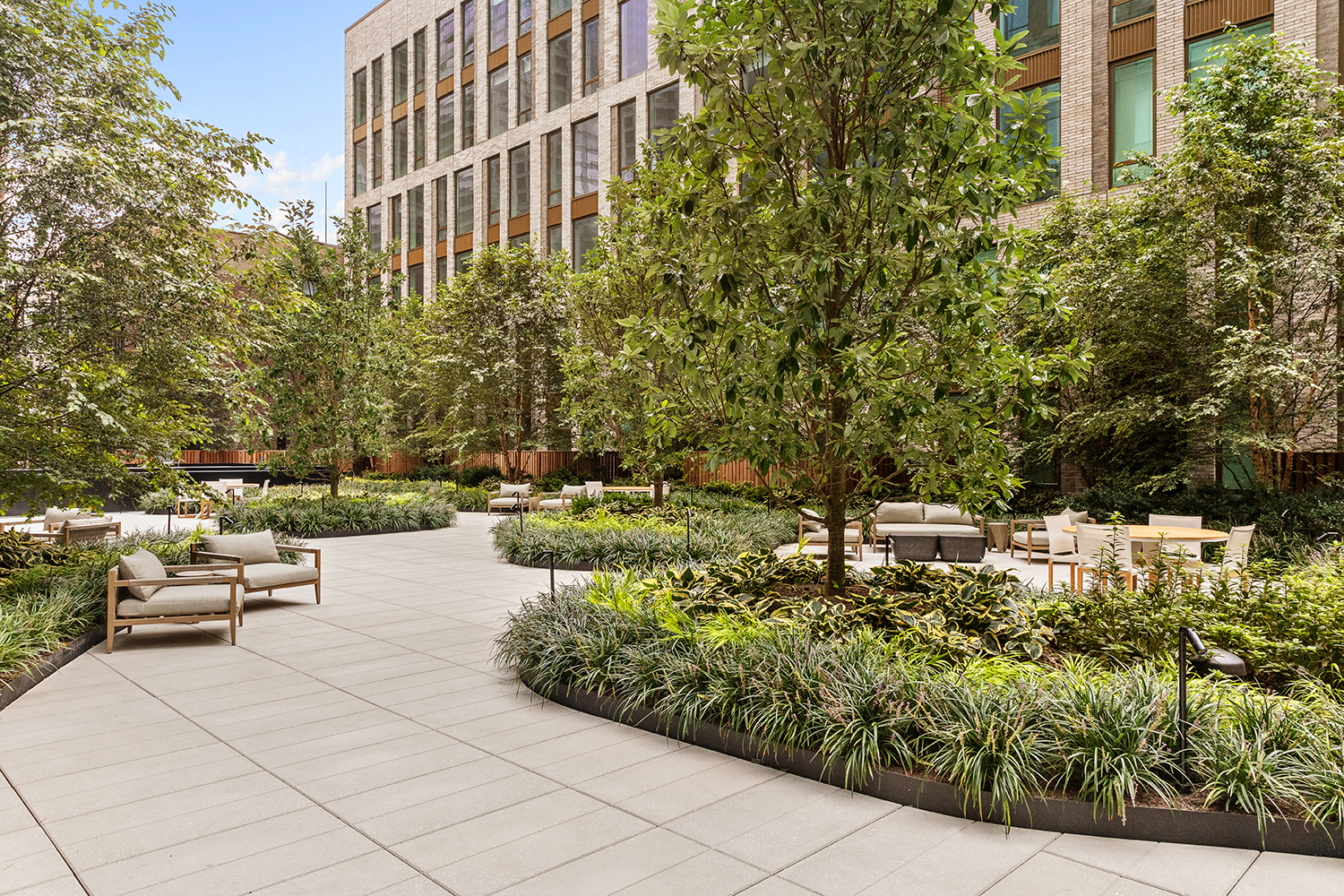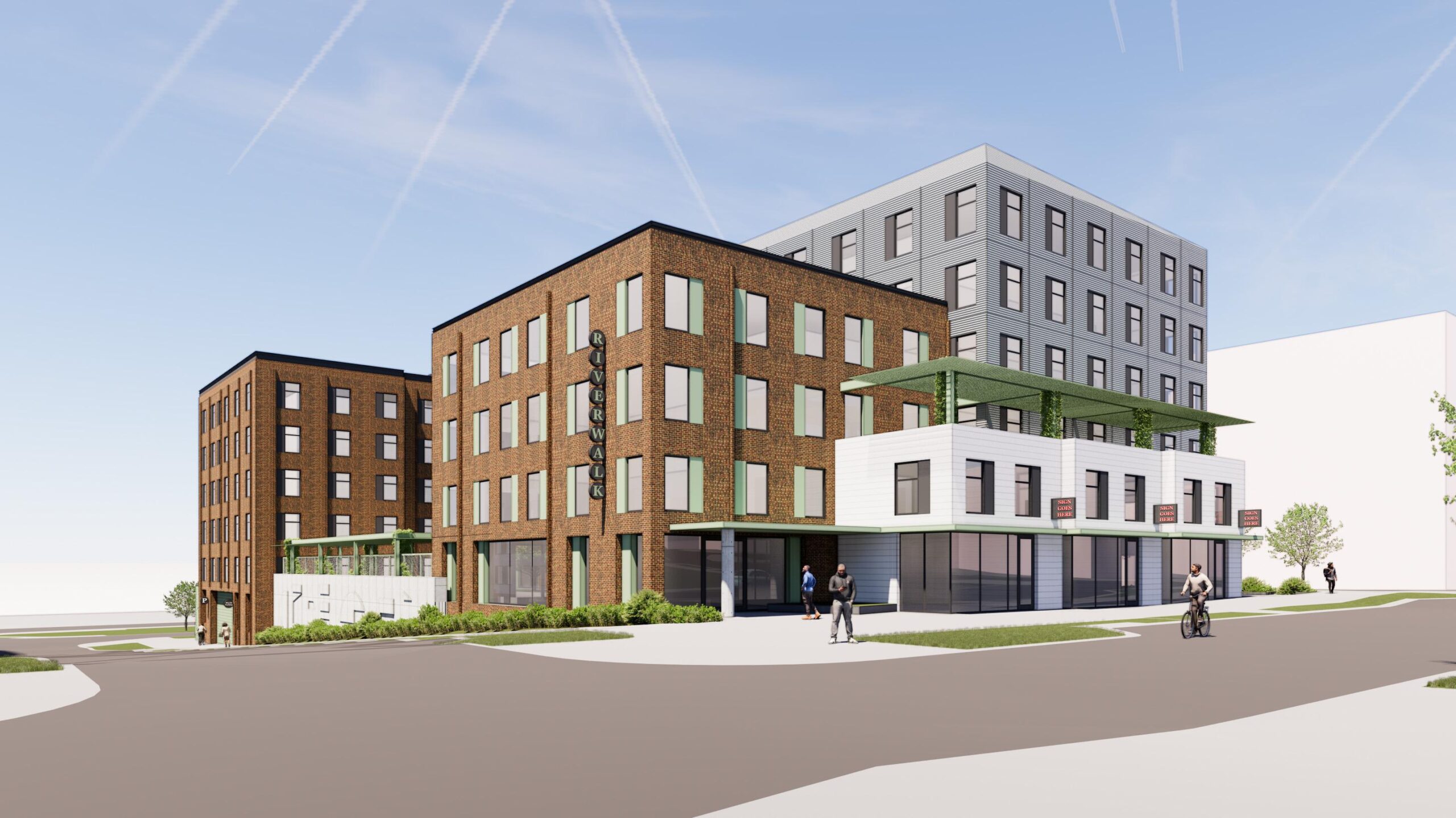

Green Building Certifications
Get the Credit You Deserve
Earn certifications that align with your Environmental, Social, and Governance (ESG) goals while reducing costs, increasing market value, and meeting or exceeding climate mandates. We’re proud of our long history working with repeat clients and are excited to fill the consultant gap for new clients seeking proven success.
We will review your project plans to determine the best certification pathway that will allow you to:
- Navigate compliance: Navigate code requirements, lending term sheets, and understand which certifications will help you achieve long-term compliance.
- Optimize performance: Create resilient buildings that perform efficiently and operate as intended after “day 1.”
- Earn incentives: If eligible, our team will review and recommend financial incentive program options, so you get all the support available for your project.
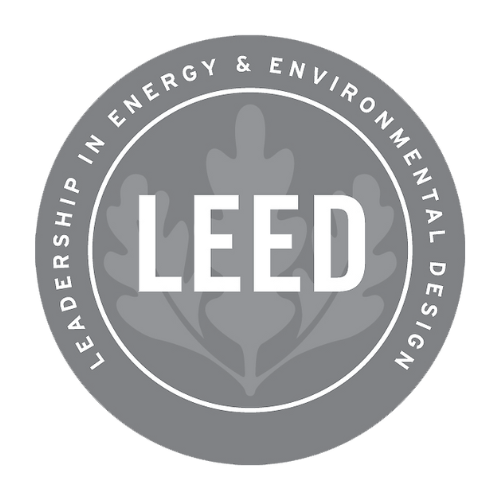
LEED
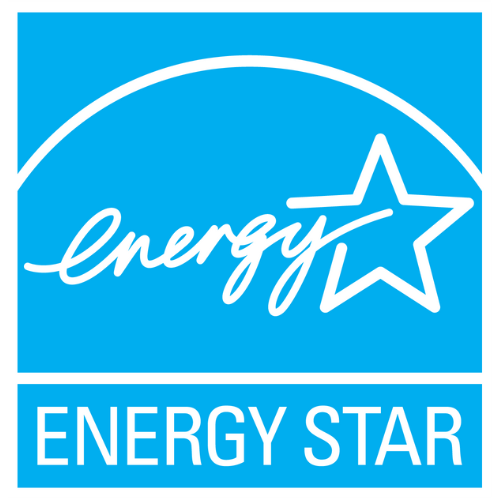
ENERGY STAR
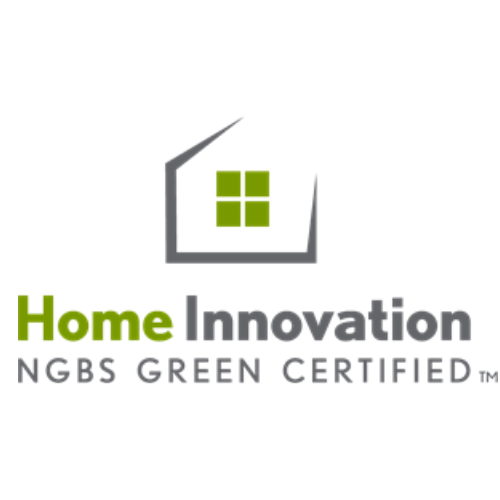
NGBS
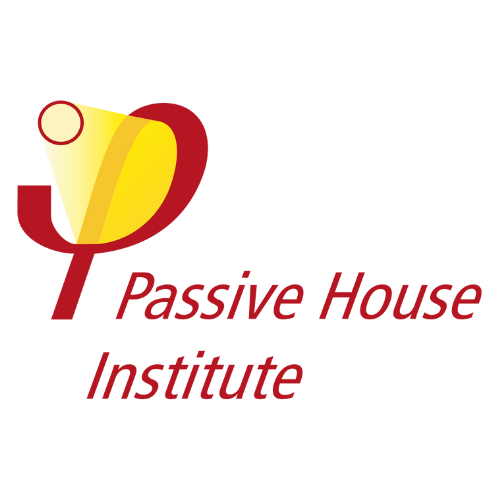
Passive House Institute
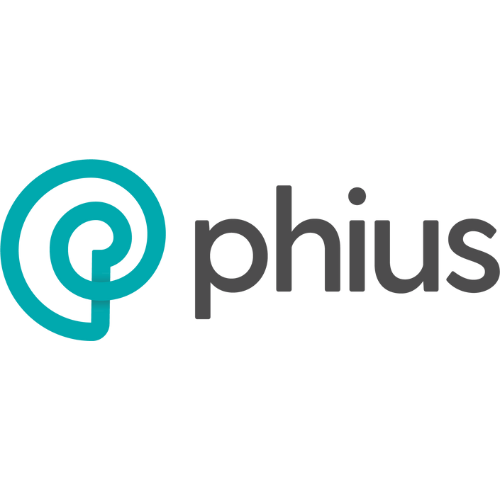
phius
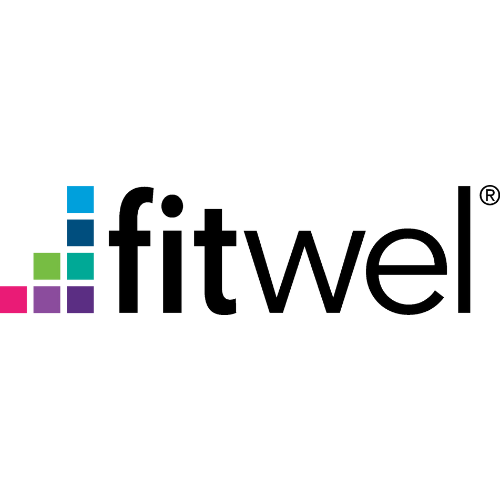
fitwel
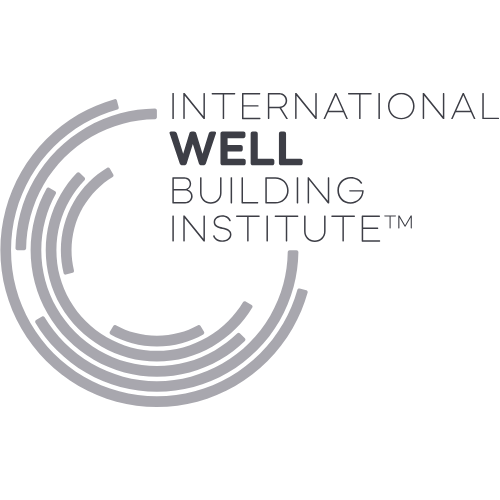
WELL
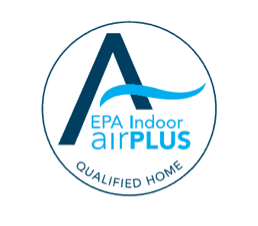
EPA Indoor airPLUS
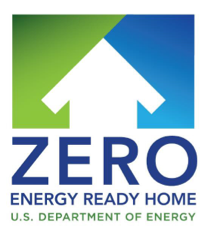
Zero Energy Ready Homes
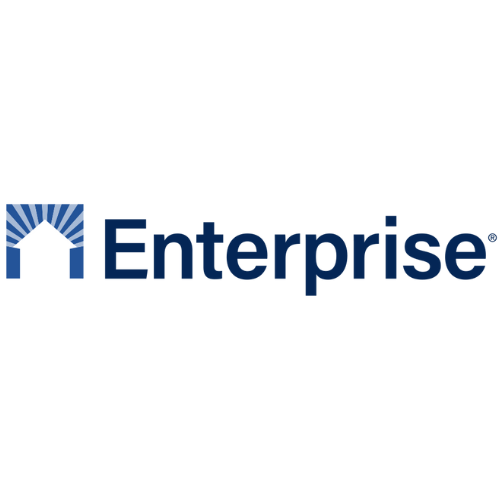
Enterprise Green Communities
THE SWA DIFFERENCE
Success Rate
The cost of experience is less than the price of avoidable mistakes. We have one of the highest success rates in the industry for meeting the performance requirements for rigorous programs like Passive House, WELL, Living Building Challenge, and ENERGY STAR® NextGen™.
Challenges, Accepted
We know what it takes to get it right, the first time. Each project represents unique circumstances; we excel at finding out-of-the-box solutions and tailor our approach to meet our clients where they need us.
One-Stop Shop
Our large portfolio of services means you can manage fewer vendors and expect a seamless transition of project data and documentation. Our deep appreciation for working together means you get some of the greatest minds and friendliest people in the business.
PROJECTS
Our Sustainable Design & Construction Work
KNOWLEDGE HUB

